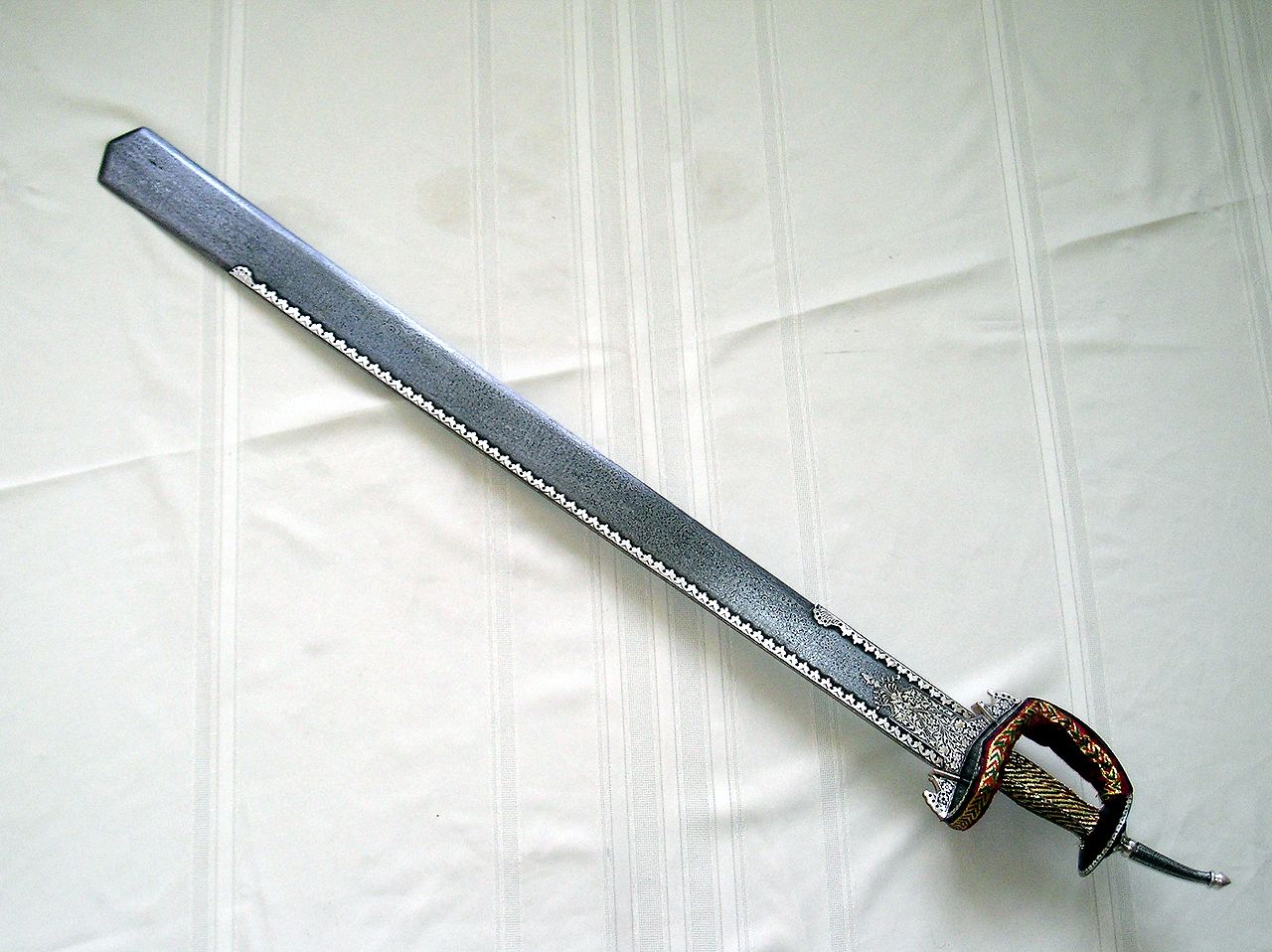Your Cart is Empty


While most well-known and prized swords originate from regions like Japan and Korea, other countries have produced high-quality swords as well. The khanda, for instance, is a traditional Indian sword with strong historical significance. First appearing during India's Gupta period (320 to 550), it was used for ceremonial as well as martial arts purposes.
About the Khanda
The khanda is a double-edged straight sword of Indian origin. Like other Asian swords, it was used for a variety of purposes, the most common of which was fighting. With its double edge, khanda proved highly effective on the battlefield. Indian warriors frequently used the khanda when attacking and defending against opponents. On the other hand, the khanda required extensive work to maintain because of its two edges.
In addition to fighting, however, the khanda was also used for ceremonial and religious purposes. Some traditional Indian cultures even viewed the sword as a symbol of the god Shiva. The khanda has been depicted in Hindu, Buddhist and Sikh religious writings.
Khanda Design
There have bee many design variations of the khanda throughout history. The most common design featured a blade that widens towards the tip. The blade at the hilt, for instance, is thinner than that of the blade towards the tip. Additionally, one side of the blade was usually sharper than the other. Swordsmiths would made the khanda with a metal plate running the length of the blade on one side. This added weight to the sword, allowing for more powerful cuts while also allowing warriors to hold the khanda's blade -- at the side with the plate -- without cutting or otherwise injuring themselves.
The khanda's hilt typically featured a large guard with a separate finger guard. At the end of the pommel was a spike that could be used as an attacking weapon.
History of the Khanda
Origins of the khanda can be traced back to India's Gupta period, during which soldiers wielded early variants of this traditional sword. According to various reports, Rajput warriors wielded the khanda with two hands in battle, swinging it over their head to engage multiple opponents at once. Some rajput warriors would also use the khanda in a similar manner as a last stand. If a warrior was outnumbers with little to no chance of escaping, he would strike as many opponents as possible by performing an overhead swing. Sikh warriors are also known to have wielded the khanda.